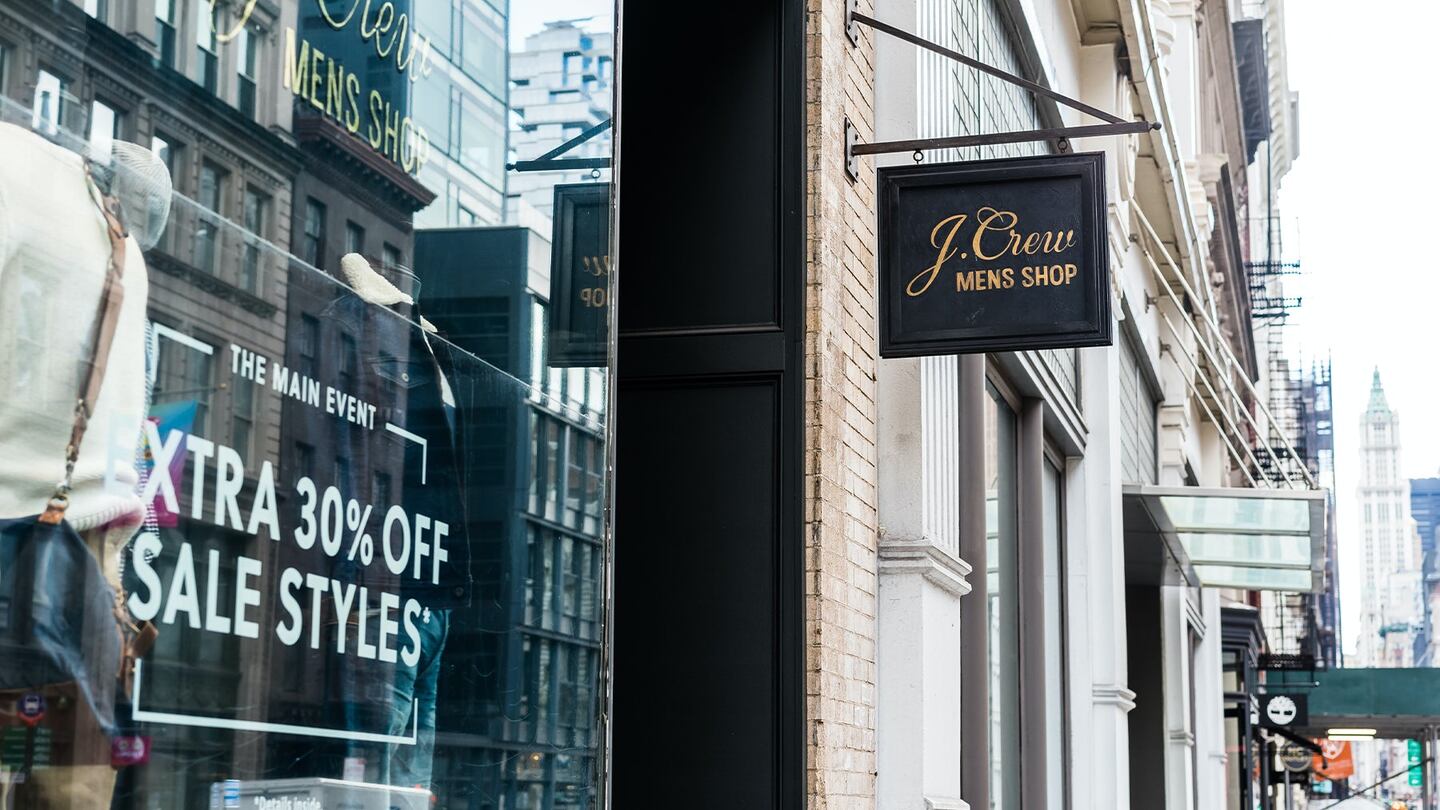
The Business of Fashion
Agenda-setting intelligence, analysis and advice for the global fashion community.

Agenda-setting intelligence, analysis and advice for the global fashion community.

NEW YORK, United States — J. Crew Group Inc. won court approval of a plan Tuesday that'll keep it alive by shedding debt and handing control of the business to lenders.
US Bankruptcy Judge Keith Phillips confirmed the plan in a virtual hearing, overruling objections from some landlords and the U.S. government’s bankruptcy watchdog. Phillips said J. Crew’s plan conforms to federal bankruptcy rules and thanked the company’s stakeholders for coming to a “largely consensual” deal — most of the retailer’s creditors support the plan.
The retailer expects to officially exit bankruptcy in September, according to a statement. To do so, it’ll swap more than $1.6 billion of old secured debt for ownership in the company. The plan also provides for a new $400 million credit facility and will turn J. Crew’s bankruptcy loan into $400 million of term loans.
J. Crew’s new owners will include Anchorage Capital Group LLC, Davidson Kempner Capital Management LLC and GSO Capital Partners LP, according to court papers detailing debt holdings as of June 24.
ADVERTISEMENT
Equity Wipeout
The purveyor of preppy fashion filed for bankruptcy in Virginia in early May, the first major retailer to do so during pandemic-related shutdowns, though its problems pre-date Covid-19. The bankruptcy plan will wipe out equity stakes of TPG Capital LP and Leonard Green & Partners LP, which bought J. Crew in a 2011 leveraged buyout.
The company operates 170 J. Crew stores — down from 181 at the start of the case — along 141 Madewell stores. Before furloughing most of its employees in April, the company employed about 13,000 around the world. The “vast majority” of its store associates had returned to work as of Aug. 9.
The case is Chinos Holdings Inc., 20-32181, U.S. Bankruptcy Court, Eastern District of Virginia (Richmond).
By Jeremy Hill
As the German sportswear giant taps surging demand for its Samba and Gazelle sneakers, it’s also taking steps to spread its bets ahead of peak interest.
A profitable, multi-trillion dollar fashion industry populated with brands that generate minimal economic and environmental waste is within our reach, argues Lawrence Lenihan.
RFID technology has made self-checkout far more efficient than traditional scanning kiosks at retailers like Zara and Uniqlo, but the industry at large hesitates to fully embrace the innovation over concerns of theft and customer engagement.
The company has continued to struggle with growing “at scale” and issued a warning in February that revenue may not start increasing again until the fourth quarter.